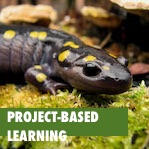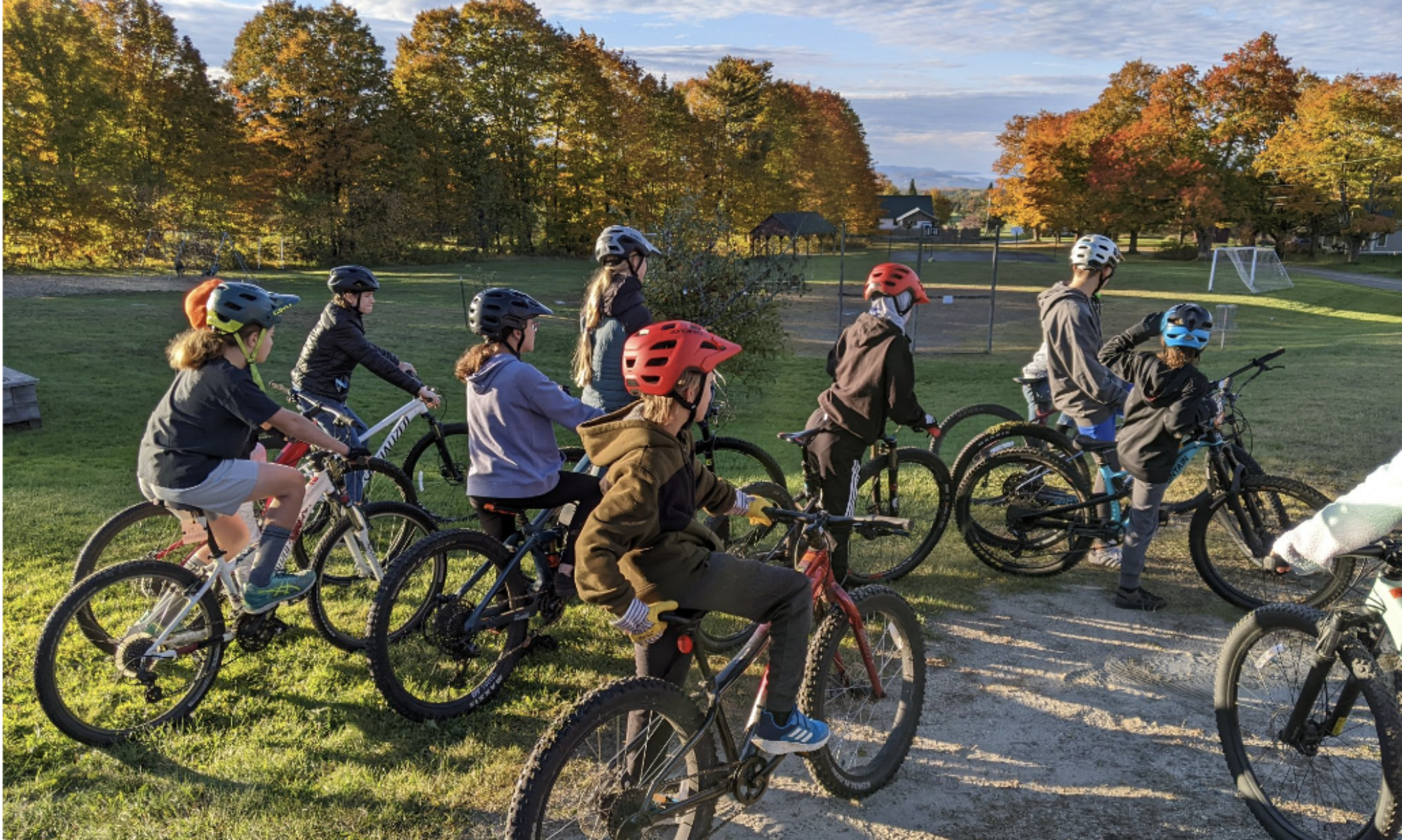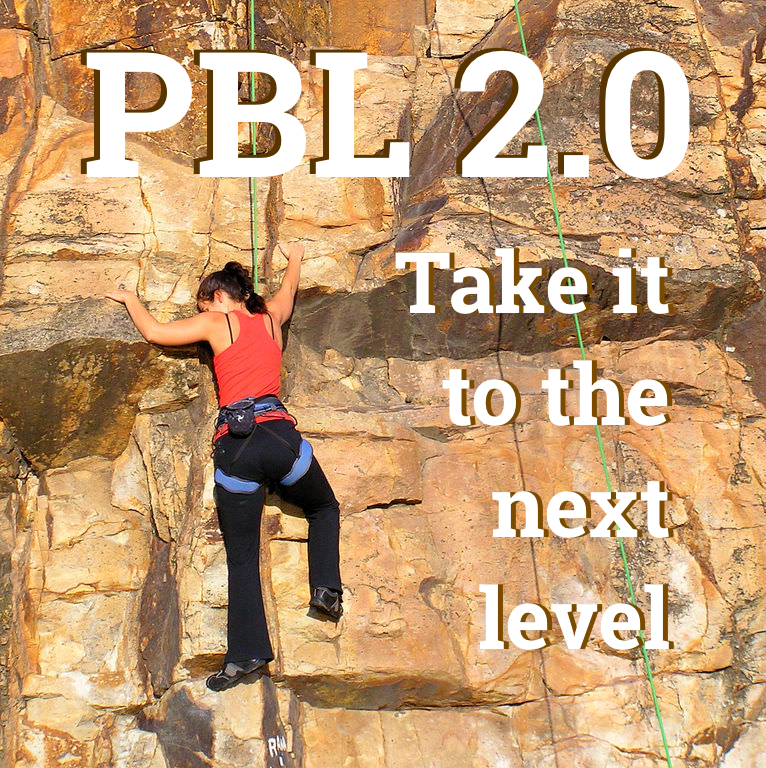3 ways to plan for PBL 2.0
 You’ve dipped your toe into project based learning. You’ve planned an entry event, shared a high quality driving question, managed student teamwork, created scaffolds, and helped students finish a meaningful project to present to an authentic, engaged audience!
You’ve dipped your toe into project based learning. You’ve planned an entry event, shared a high quality driving question, managed student teamwork, created scaffolds, and helped students finish a meaningful project to present to an authentic, engaged audience!
Whew! Well done.
But we know you. We know you’re a total rockstar and you and your students are already looking ahead to your next PBL cycle. So many problems to solve! So many ideas to toss around, and so much excitement from the feedback your community gave students on their work.
While your next PBL idea’s a-percolatin’, take time to reflect on these three key areas, and take project-based learning to the next level.
1. Reflection
Charity Moran Parsons, Buck Institute faculty and PBL pro, has written an amazing piece on best practices in reflecting on PBL. Two of her tenets are to reflect on project design, and on implementation.
Here are her reflections on project design:

Head over to her piece to read about the other reflection methods.
Don’t go too far! Go read, then come back here and ask yourself:
- What area do I want to focus on for next year?
- Do I want to focus on the design elements, and deepening those?
- Do I want to focus on PBL implementation?
- How can students demonstrate proficiency through their PBL products?
- How can we increase the audience for the students’ amazing work?
Finally, take a moment to just close your eyes and remember the glee with which your students undertook their projects, the shouts of happiness and teamwork, the pride on families’ faces as they took in the magnitude of their scholar’s engagement with learning.
Students at Shelburne Community School demonstrated their problem-solving skills by constructing Google Sketch-Up models of possible architectural changes to the school’s aging “kiva” room. In front of their teachers and families, these students presented the designs to their local school board, fielding questions on cost, accessibility and growth.
Open your eyes. It’s time for the next step.
2. Integration
Sometimes when you’re just starting out with PBL, it can be very subject specific: “I’m doing a science PBL” or a “I’m doing PBL in history.” When you get more experienced, you might want to broaden your PBL work to be more integrated and thematic. Let the content happen organically in the project, with some defined proficiencies in mind. Grab coffee with another teacher on your team. Do they see a place their content could dovetail with your new, more integrated PBL?
Hazen Union School, in Hardwick VT, created an integrated PBL unit in which students sought to answer questions that deepened their connection with their small rural community. The unit transcended any particular content area to help students see themselves as problem-solvers in their community.

If you’re ready to collaboratively plan integrated PBL, here are some protocols that you can use with your fellow staff members to extend PBL beyond subject areas. And if you are ready for a “full course meal”, that is, PBL that extends to all content areas with intention, see this post for a diagram that could be created with all teachers for a PBL road map for next year.
Need some inspiration? Here you go. Care of Edutopia:
3. Globalization
Go big!
Maybe you’re inspired to expand your PBL to larger themes. The UN Sustainability Goals provide a thematic framework for rich, global PBL. You can connect with a wide group of teachers doing just this, and connect with classrooms and students across the globe.
Read this post in Edweek for a review of the UN’s Sustainability Goals and how they connect to PBL. This post looks at connecting the parts of PBL to the goals and widening PBL to include local AND global perspectives.
Susan Gibeault, educator at Currier Memorial School, in Danby VT, has done some powerful work on helping her students foster an awareness of themselves as global citizens. How could you scaffold a new PBL unit to encourage your students to tackle global issues?
How can you take your PBL to the next level?
Rock climbing photo by flickr user Cyron. Licensed via CC 3.0




I think that integrating is a huge thing for me and how that will look in my daily schedule and lesson plans. I teach Kinder and I am really interested in a model where the kids are driving the topic/lessons.